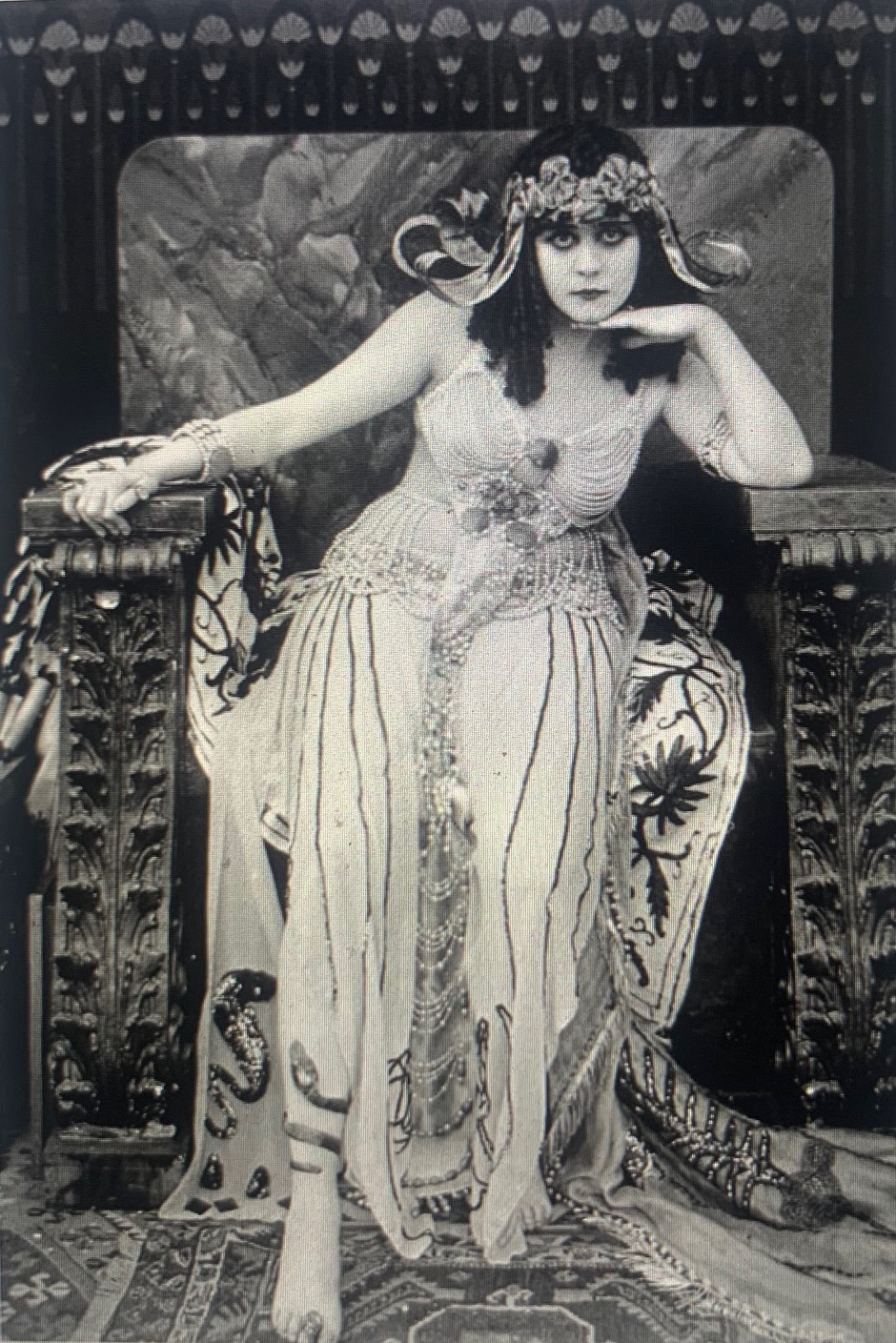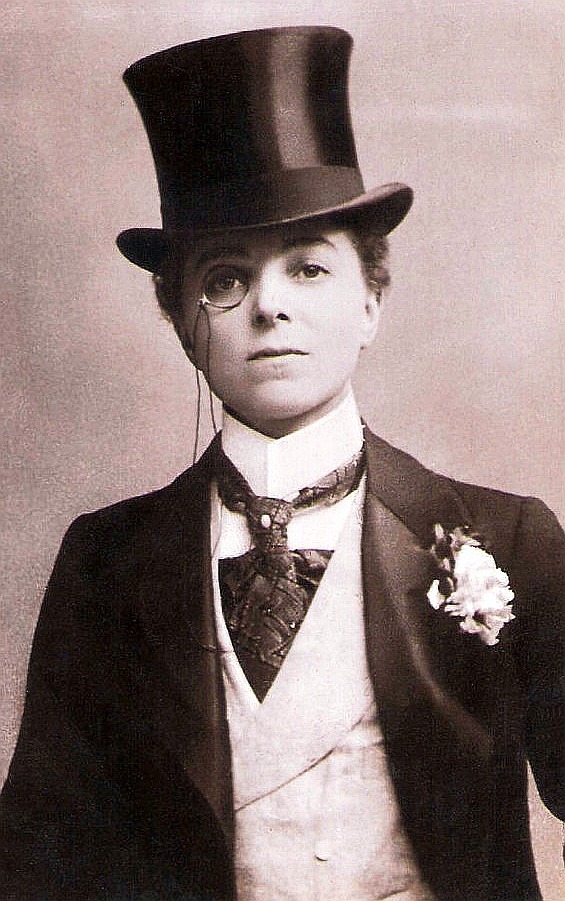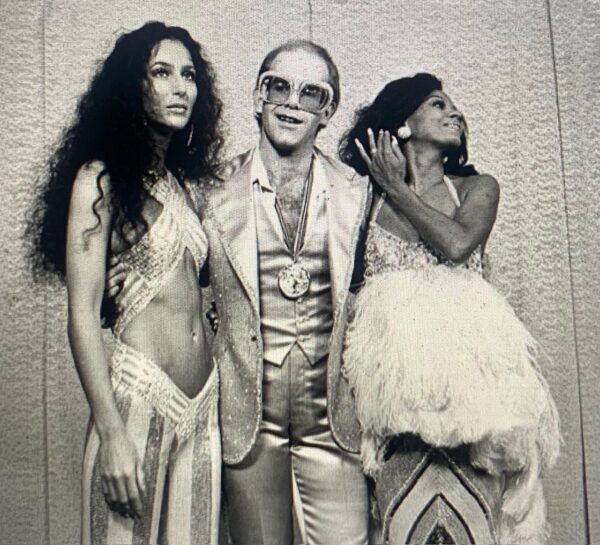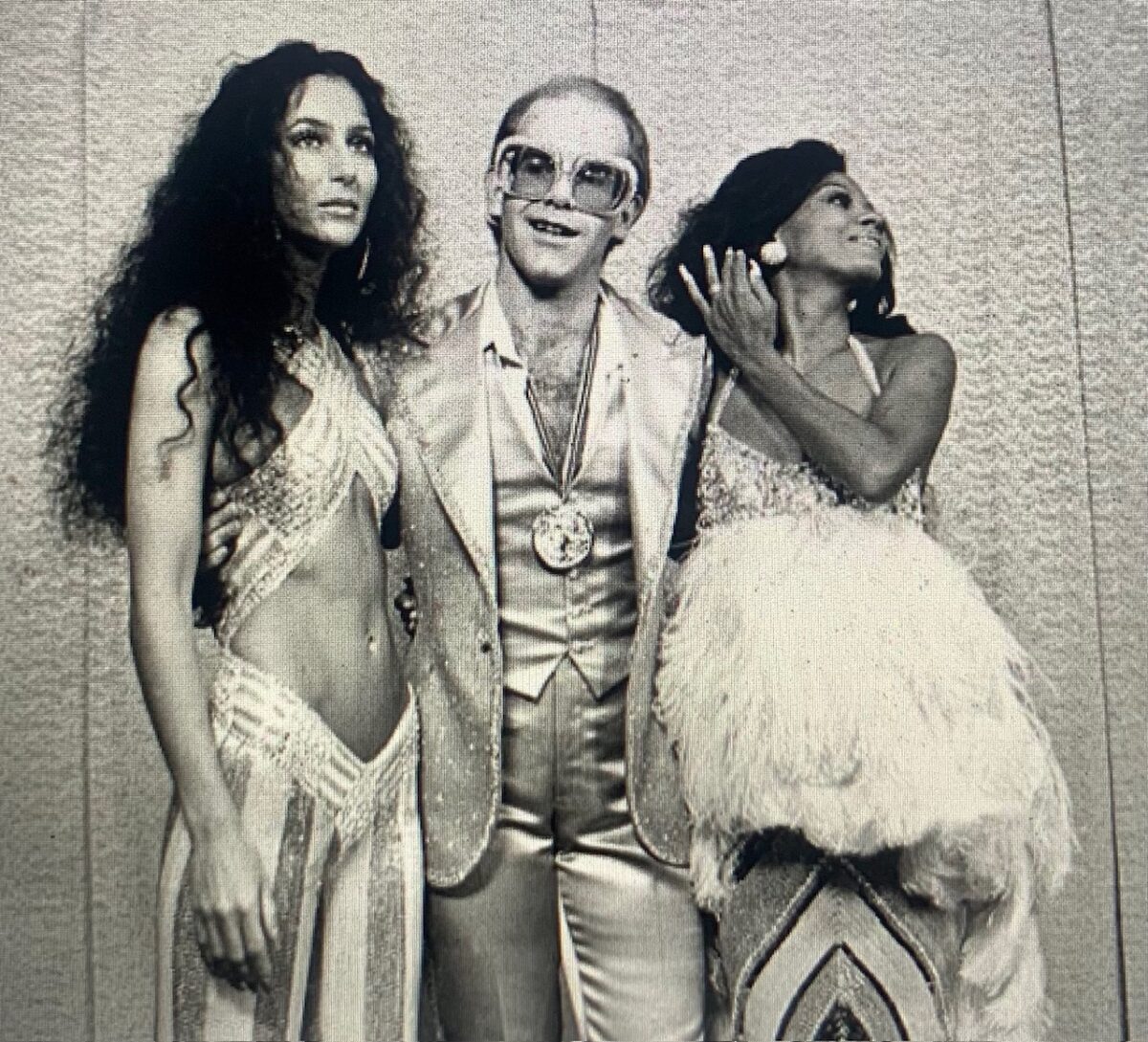
We all love a diva, and with that in mind, London’s Victoria & Albert Museum has gathered together a huge collection of divas for its latest exhibition, simply titled Diva.
 The word Diva today can be a compliment or criticism, an aspiration, or a condemnation. Taken from the Latin word for ‘goddess’, the term originated in the 19th Century to describe an exceptional opera singer. Since then, the term has been applied to outstanding artists from the world of opera, film, music, and the stage.
The word Diva today can be a compliment or criticism, an aspiration, or a condemnation. Taken from the Latin word for ‘goddess’, the term originated in the 19th Century to describe an exceptional opera singer. Since then, the term has been applied to outstanding artists from the world of opera, film, music, and the stage.
 The exhibition is split into two acts. In Act 1 we meet the original divas, the special opera singers from the 19th Century who combined glamour, talent, and an energizing attitude towards feminism. These women paved the way for the Victorian divas, female stars of the stage portraying bold characters – one of the few groups of women back then allowed to have an occupation. These women also campaigned for equality, as well as fighting sexism and misogyny. One of these was Vesta Tilley, a leading male impersonator, and by the 1890s, Britain’s highest-paid woman. Other divas from this time included French actress Sarah Bernhardt. The early 20th Century saw the rise of dancing divas – ballet and burlesque performers such as Isadora Duncan and Josephine Baker. Again, women’s rights were a key priority for these performers. The launch of silent films created more divas – stars such as Mary Pickford and Lois Weiber. The subsequent ‘Golden Era’ of Hollywood spawned even more divas such as Bette Davis, Judy Garland, Gloria Swanson, and Joan Crawford. Mae West, Marilyn Monroe, and Katharine Hepburn added to the heady mix. Act 1 details the work of all these divas and more, combining archive footage, photographs, costumes, and memorabilia to tell their ground-breaking stories, all accompanied by a great soundtrack on headphones handed to you as you enter the exhibition. Act 1 is very good.
The exhibition is split into two acts. In Act 1 we meet the original divas, the special opera singers from the 19th Century who combined glamour, talent, and an energizing attitude towards feminism. These women paved the way for the Victorian divas, female stars of the stage portraying bold characters – one of the few groups of women back then allowed to have an occupation. These women also campaigned for equality, as well as fighting sexism and misogyny. One of these was Vesta Tilley, a leading male impersonator, and by the 1890s, Britain’s highest-paid woman. Other divas from this time included French actress Sarah Bernhardt. The early 20th Century saw the rise of dancing divas – ballet and burlesque performers such as Isadora Duncan and Josephine Baker. Again, women’s rights were a key priority for these performers. The launch of silent films created more divas – stars such as Mary Pickford and Lois Weiber. The subsequent ‘Golden Era’ of Hollywood spawned even more divas such as Bette Davis, Judy Garland, Gloria Swanson, and Joan Crawford. Mae West, Marilyn Monroe, and Katharine Hepburn added to the heady mix. Act 1 details the work of all these divas and more, combining archive footage, photographs, costumes, and memorabilia to tell their ground-breaking stories, all accompanied by a great soundtrack on headphones handed to you as you enter the exhibition. Act 1 is very good.
 |
 |
 |
 |
Act 2 takes us from the 1960s to the present day. The foundations laid by the divas in Act 1 emboldened new generations of divas as performers of all genres and genders earned the title as a sense of their art, voice, and sense of self. Divas featured in this section include an intoxicating mix of exceptionally talented artists who reached the top of their game – Donna Summer, Barbra Streisand, Lizzo, Elton John, Dolly Parton, Grace Jones, Freddy Mercury, Liza Minelli, Siouxsie, Tina Turner, Madonna, Beyonce and many more. Prince features as the lone heterosexual male diva. Again, archive footage, imagery, costumes, and memorabilia are complemented by a great soundtrack. This section feels a little more obvious, probably because we are already largely very familiar with the content on display. Also, I’d question the diva status granted to a few of the performers featured. Is Sade a diva? PJ Harvey? Joan Baez? There’s too much emphasis on music industry divas here with the worlds of acting, dance, and royalty ignored. Nevertheless, this section does highlight the sheer volume of star-spangling divas we are and have been, surrounded by. You’ll feel like you’ve just been to a big celeb-filled party. I left thinking that any teenage girl or young queer I know needs to see this exhibition. Empowerment.

DIVA V&A South Kensington Cromwell Road London, SW7 2RL Gallery 40 Closes Sunday, 7 April 2024
Queerguru’s Contributing Editor Ris Fatah is a successful fashion/luxury business consultant (when he can be bothered) who divides and wastes his time between London and Ibiza. He is a lover of all things queer, feminist, and human rights in general. @ris.fatah

